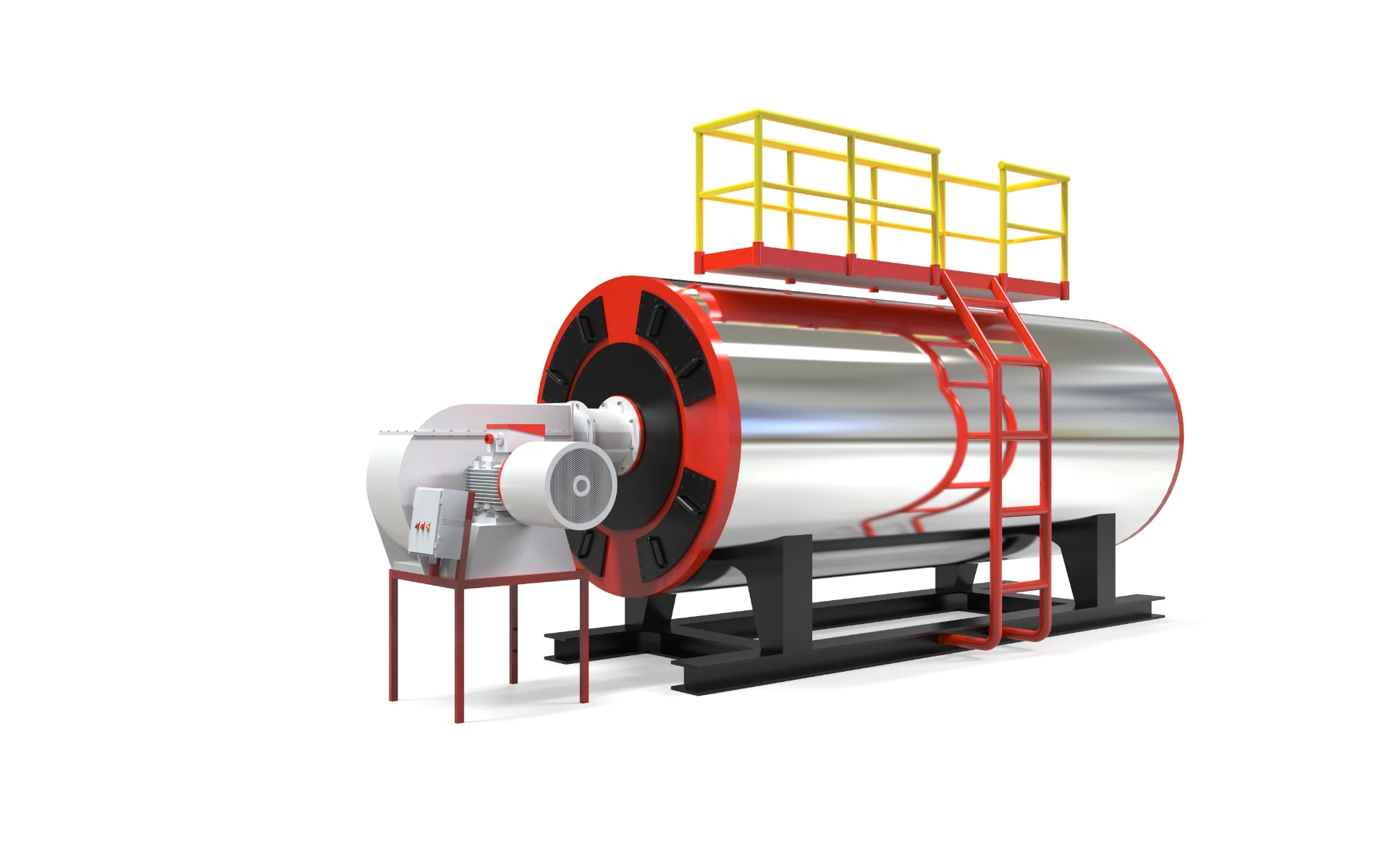
Oct . 13, 2024 03:06 Back to list
Understanding the Basics and Applications of Steam Boiler Systems and Technologies
Understanding Steam Boilers A Comprehensive Overview
Steam boilers are crucial components in various industries, including power generation, manufacturing, and food processing. These devices play a vital role in converting water into steam, which can be utilized for heating, power generation, and numerous industrial processes. This article will explore the fundamentals of steam boilers, their types, operating principles, applications, maintenance, and safety considerations.
What is a Steam Boiler?
A steam boiler is a closed vessel that heats water to create steam by burning fuel or using electrical energy. The generated steam can then be utilized in various processes, from heating buildings to driving turbines in power plants. The efficiency and design of a steam boiler can significantly impact the energy consumed and the operational costs of the facility.
Types of Steam Boilers
There are primarily two types of steam boilers fire-tube and water-tube boilers.
1. Fire-Tube Boilers In fire-tube boilers, hot gases produced by combustion pass through the tubes surrounded by water. The heat from these gases warms the water to produce steam. Fire-tube boilers are generally simpler in design, easier to operate and maintain, and are commonly used in smaller applications.
2. Water-Tube Boilers Contrarily, in water-tube boilers, water circulates through tubes that are heated by the hot gases. These boilers can handle higher pressures and are typically used in larger industrial applications. Water-tube boilers are more efficient and provide a greater steam output than fire-tube boilers.
Operating Principles
The operation of a steam boiler hinges on three fundamental principles heating, pressure generation, and steam distribution.
1. Heating When fuel is burned in the boiler, it releases heat. This heat is absorbed by the water in the boiler, raising its temperature until it reaches the boiling point.
2. Pressure Generation As the water converts to steam, pressure builds within the closed system. The pressure is mainly controlled by regulating the amount of heat applied to the boiler.
steam boiler pdf

3. Steam Distribution Once generated, steam can be distributed through pipes to various applications, such as heating systems or turbines. Proper control valves and piping ensure that steam reaches the desired location safely and efficiently.
Applications of Steam Boilers
Steam boilers are used in numerous applications across different industries. Some common uses include
- Power Generation In thermal power plants, steam turbines convert thermal energy into electrical energy. - Heating Applications Many commercial buildings use steam for heating purposes, providing warmth during colder months. - Industrial Processes Various manufacturing processes, including food production, chemicals, and pharmaceuticals, utilize steam for heating, drying, and sterilization.
Maintenance of Steam Boilers
Regular maintenance of steam boilers is essential to ensure efficient operation and prevent breakdowns. Key maintenance tasks include
- Inspections Frequent inspections help identify potential issues before they escalate. - Water Treatment Proper water treatment prevents scale buildup and corrosion, which can adversely affect boiler efficiency and lifespan. - Safety Valve Testing Safety valves should be regularly tested to ensure they function correctly in case of excessive pressure buildup.
Safety Considerations
Due to the high pressure and temperature involved, steam boilers pose certain risks. Safety measures should be prioritized, such as
- Proper Training Operators should be thoroughly trained to handle the boiler and respond to emergencies. - Regular Safety Audits Conducting routine safety audits can help identify and rectify potential hazards. - Emergency Protocols Having clear emergency procedures in place can mitigate accidents and ensure quick response to any unforeseen situations.
Conclusion
Steam boilers are vital in modern industrial applications, providing essential steam for heating, power generation, and various process needs. Understanding the different types, operating principles, and maintenance required for steam boilers can help in optimizing their efficiency and ensuring safe operation. Moreover, prioritizing safety measures will protect both personnel and equipment, ensuring that steam boilers remain a reliable asset in industrial settings. As industries evolve, the importance of efficient and safe steam boiler systems will only grow, underscoring the need for continued advancement and training in this field.
-
High-Efficiency Commercial Oil Fired Steam Boiler for Industry
NewsJul.30,2025
-
High-Efficiency Biomass Fired Thermal Oil Boiler Solutions
NewsJul.30,2025
-
High Efficiency Gas Fired Thermal Oil Boiler for Industrial Heating
NewsJul.29,2025
-
High-Efficiency Gas Fired Hot Water Boiler for Sale – Reliable & Affordable
NewsJul.29,2025
-
High Efficiency Biomass Fired Hot Water Boiler for Industrial and Commercial Use
NewsJul.29,2025
-
High-Efficiency Biomass Fired Hot Water Boiler for Industrial Use
NewsJul.28,2025
Related PRODUCTS






















